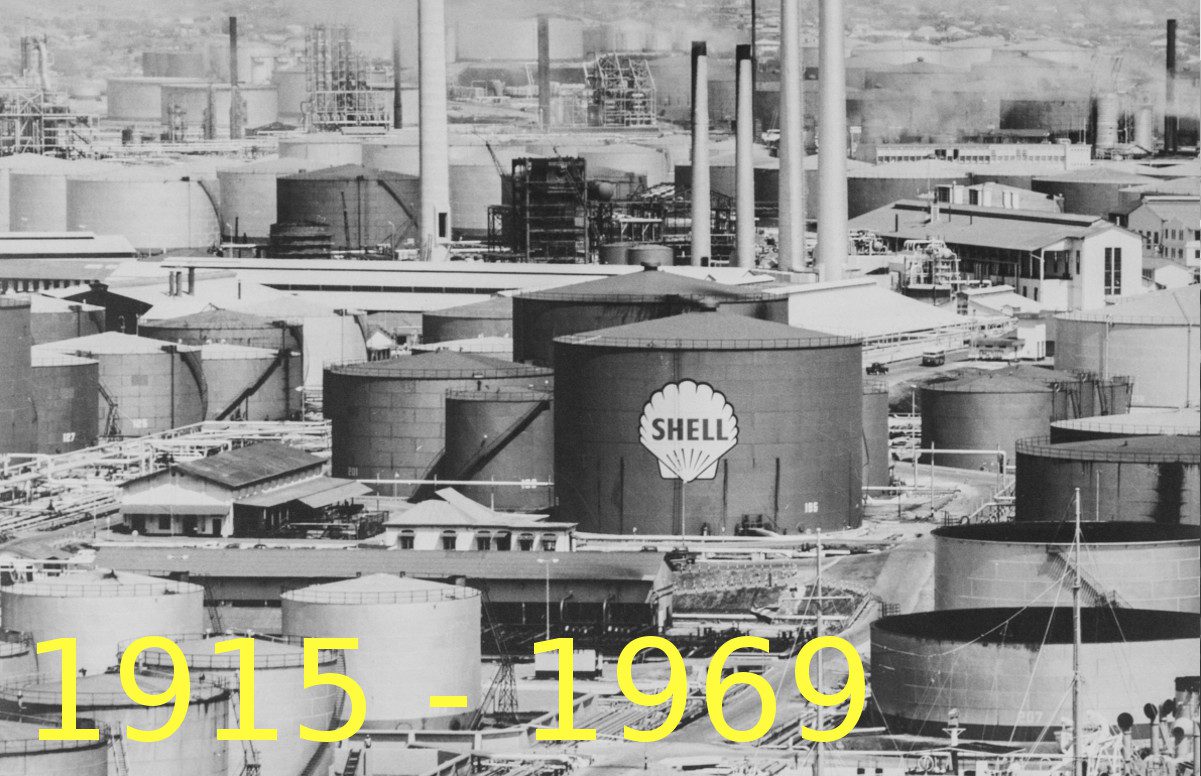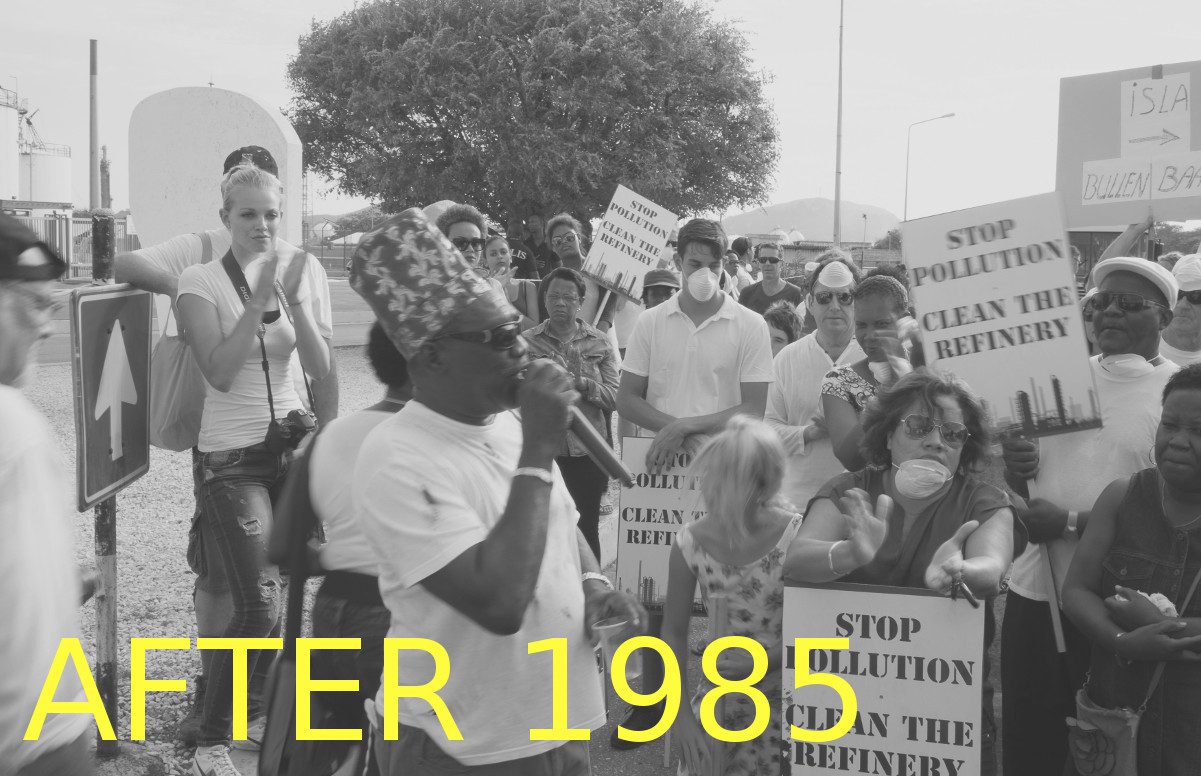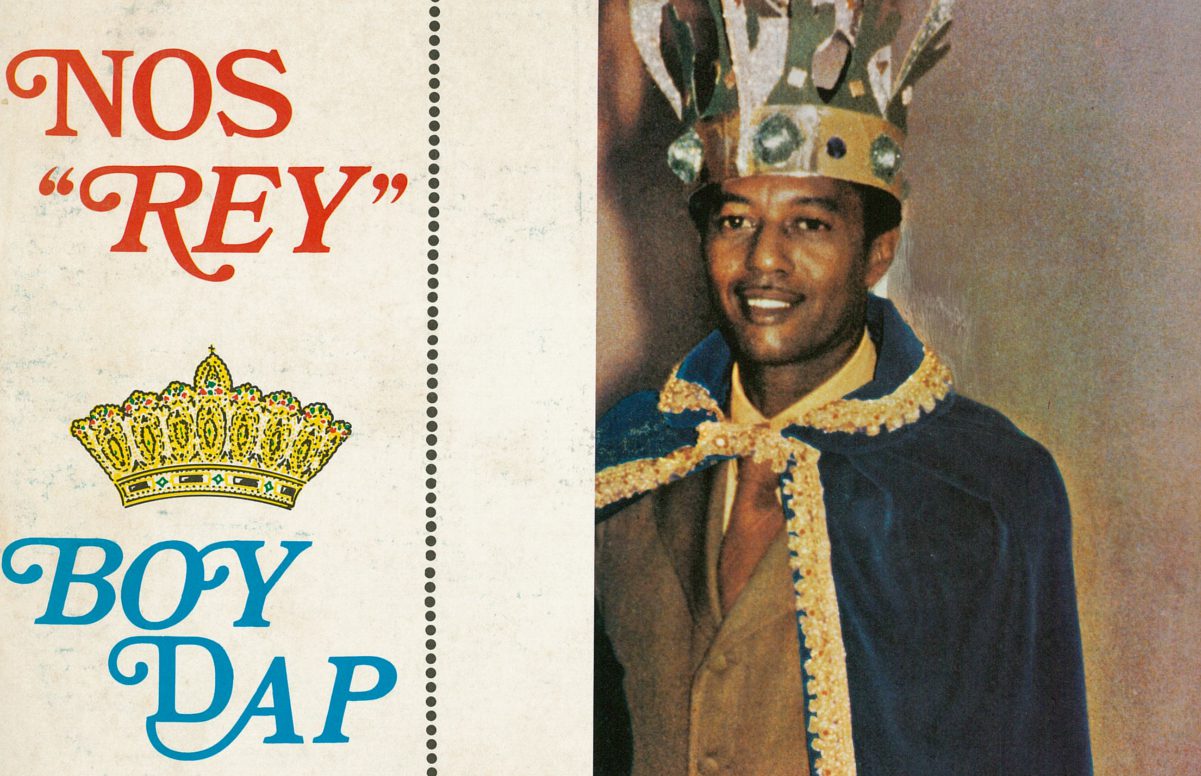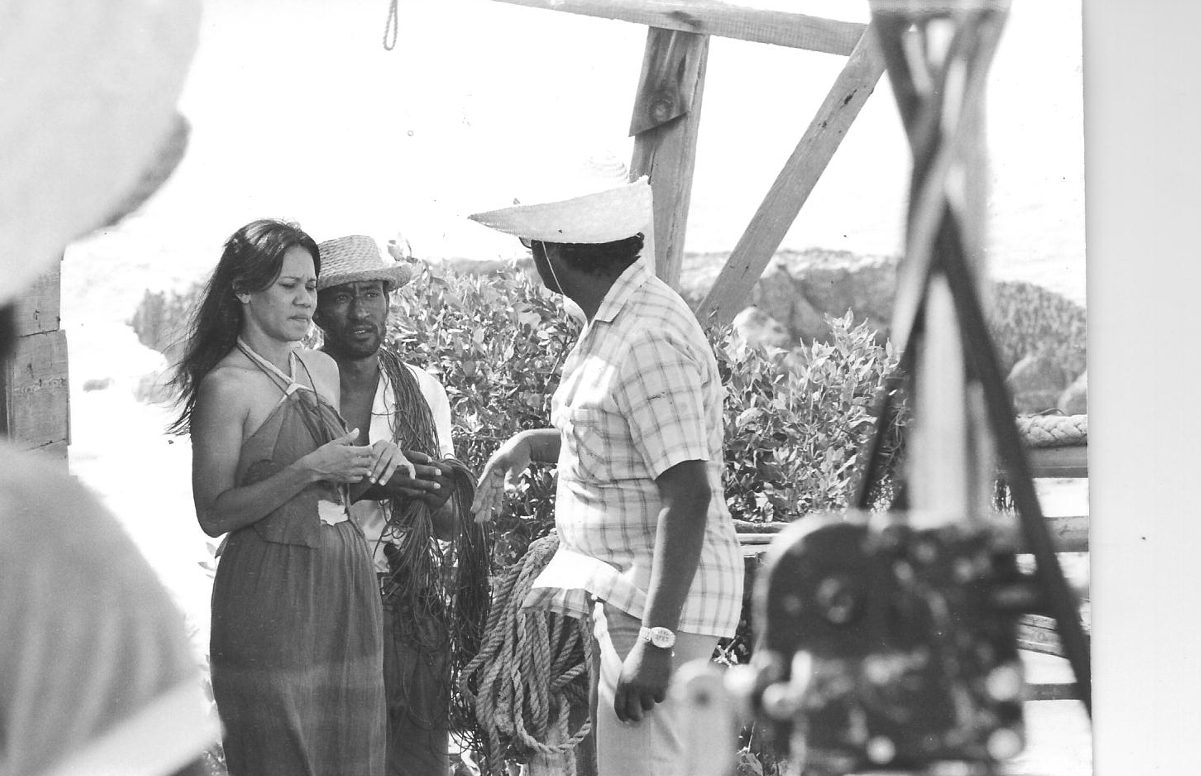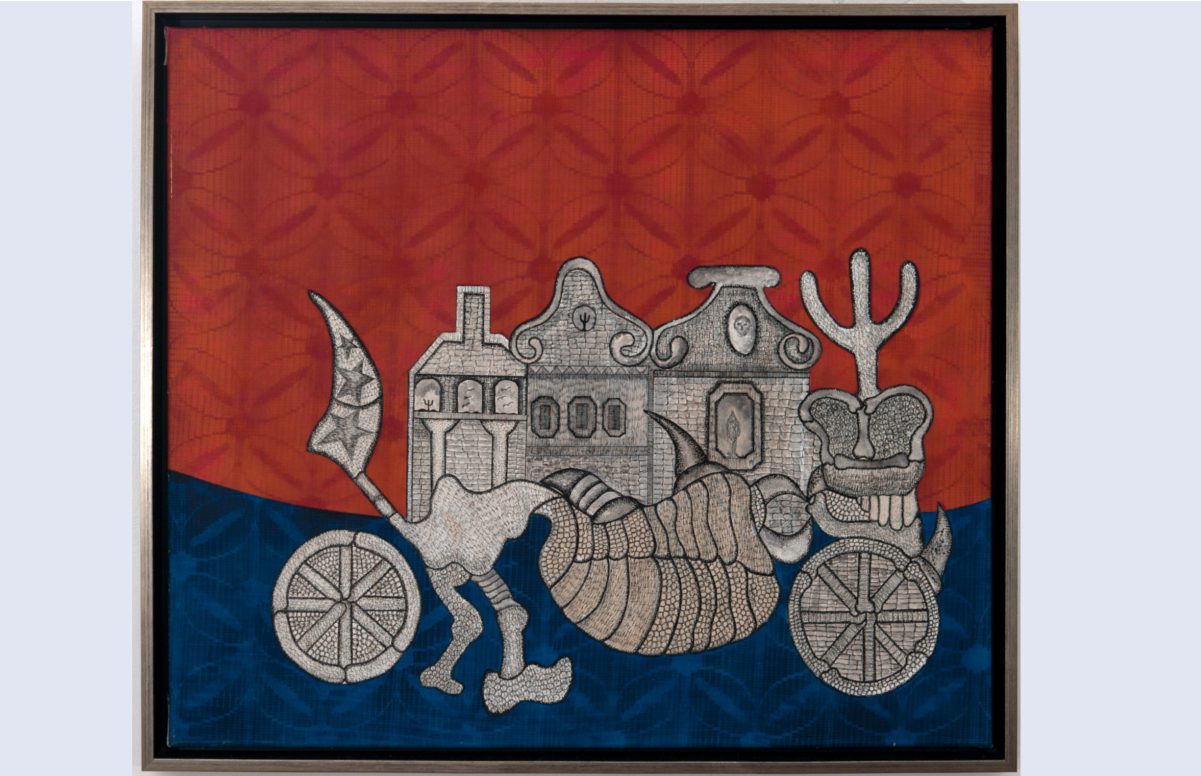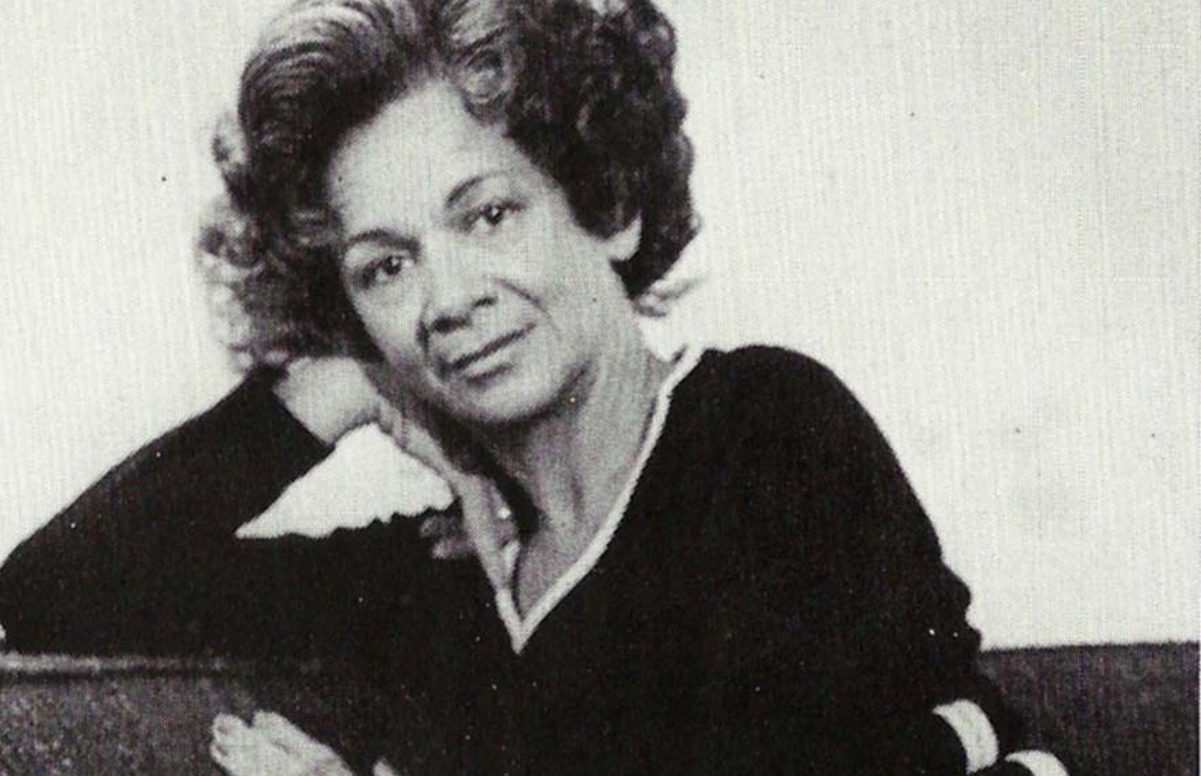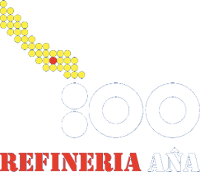
Isla den Nos Bida
100 years Refinery in Curaçao – 100 aña Refineria na Kòrsou
Exhibition
1969 – 1985
The African American influences, such as the Black Panthers, also permeated Curacao’s cultural landscape. After 1969, the media on Curacao started to change considerably. Not only did Papiamentu become the dominant language in cultural and media expression over time, but the content and format of radio and television shows as well as Curaçaoan newspapers started to change. On TeleCuraçao, which had started transmitting in 1960, local content gained prominence over American and Dutch TV-programs. Simultaneously, a number of newspapers such as Èxtra and La Prensa were launched, publishing in tabloid format in Papiamentu.
Along with the Black is Beautiful aesthetic of the 1960s and 1970s the social and cultural mores became more liberal. Curaçaoan youth embraced the hippy culture streaming in from the United States and the Netherlands by building their own high flying parks and participating actively in paranda, an enhanced form of night life. Punda’s Gomez-plein became a hot spot for Curaçaoan youth looking for alternative life styles.
In terms of more formal cultural expressions, theater had received a substantial boost with the opening of Sentro Pro Arte in 1968. Next to Dutch theater groups such as Studio and The Theatre Players others groups were active, including Thalia. Pacheco Domacassee’s Nos Kousa, performed the play Tula under wild acclaim in 1971. Another star was comedian Eligio Melfor. In Sentro Pro Arte, Melfor opened up the theater up to a broader, non-elitist audience with his political and social comedies around the character Beberin.
Other groups, such as Anthony Jamanika’s Teatro Arte ProBa, in cooperation with playwright Eddy Pieters Heyliger, as well as Gibi Bacilio’s Grupo di Teatro Foro, were instrumental in bringing theatre to the barios. Grupo Foro offered ‘forum theater’ confronting Curaçaoans through street theatre. Pushing the limits of consciousness in another way was Ilushón Kosmiko, founded by artist Felix de Rooy and playwright/actor Norman de Palm in 1976. They were one of the first successful artist and gay couples in the cultural landscape. Their social political play Mama Kòrsou i su yu sin trabou analyzed the discrepancies in Curacaoan society in 1978.
In painting, the naive painter Ocalia made strides, including founding the Fundashon di Artista to stimulate Curaçaoan art in 1971. The movement of naive artists was further complemented by painter Olario and tin sculptor Nepomuceno. Yubi Kirindongo revolutionized the arts scene with his bumper sculptures recycle art. RG Gallery, curated by Egberdien van Rossum, was an important exhibition space.
In literature, Frank Martinus Arion’s Dubbelspel blazed on the scene in 1973, offering a penetrating insight into Curaçaoan political, racial and family relations. Tip Marugg and Boelie van Leeuwen remained active, while Diana Lebacs started writing young adult and children’s books, in the line of Dutch author Miep Diekmann.
But music remained the favorite cultural expression of many Curaçaoans. In 1971, Tumba became the official Curaçaoan Carnaval music. That year Boy Dap – son of a Surinamese oil worker migrant – was crowned the first Tumba King with Bashé. Singer Ced Ride and composer Doble R, Reginald Recordino, were other favorites in popular music. Classically trained guitarist Julian Coco was also successful in the international jazz scene. On Curaçao, the Salsbach Trio brought jazz music to the local stage. The traditional Curacaoan slave music, muzik di zumbi, regained popularity through Grupo ISSOCO.


